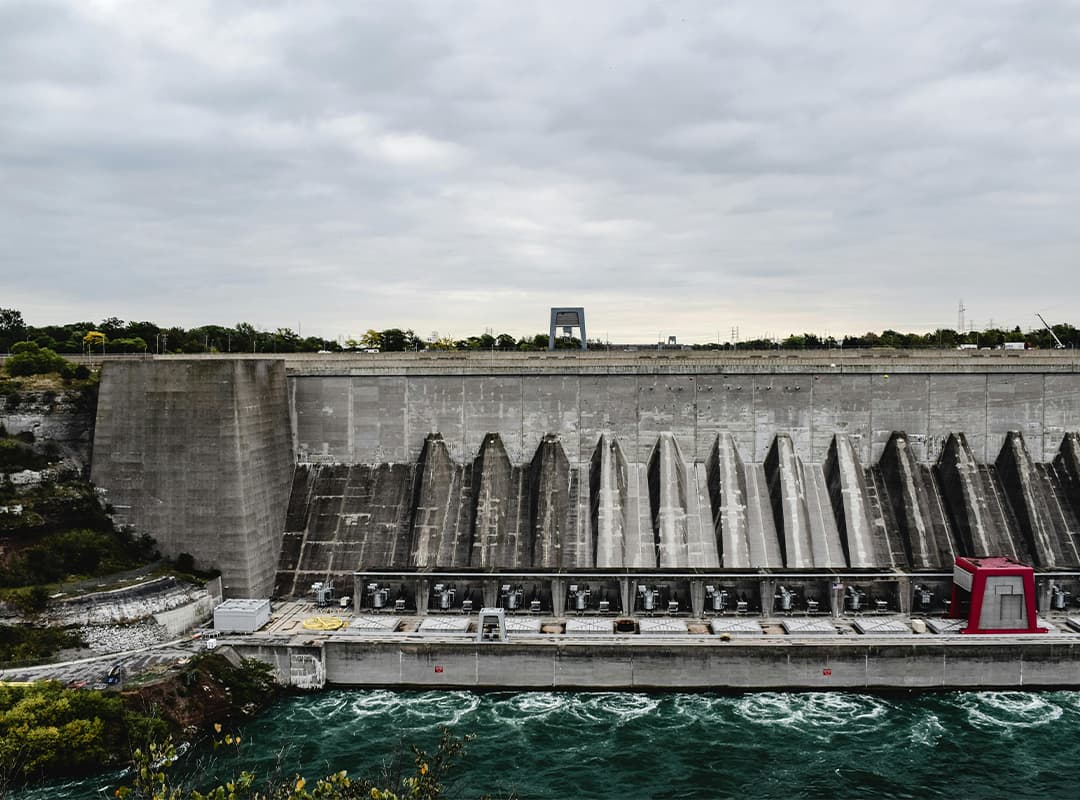Non-conventional and renewable energy sources have recently become one of the most important criteria for sustainable development of the global community. New technologies are being searched for and existing ones are being improved, brought to a cost-effective level and expanded in their use. The main reasons for such attention are the expected depletion of fossil fuel reserves, a sharp rise in their prices, imperfections and low efficiency of technologies for their use, and the harmful impact on the environment, the consequences of which are increasingly worrying the global community.
Today, small hydropower is considered one of the most promising renewable energy sources in the world. The term “small hydropower” is commonly used to refer to a set of small hydropower plants (hereinafter referred to as HPPs) operating on small and medium-sized rivers. However, if we look at the scale in general, the so-called “small” hydropower industry can potentially not only compete with the “big” one, but also outperform it in terms of the total amount of electricity generated, and together they can significantly push the main competitors on the market, which operate on nuclear and conventional fuels, and above all – on natural gas.
Small hydropower is one of the most promising areas for the development of renewable energy sources, which is a set of small hydropower plants located on small and medium-sized rivers. The development of small hydropower is promising for the implementation of measures to upgrade and reconstruct existing and operating small hydropower plants; construction of new hydropower plants in areas of decentralized energy supply, in remote and inaccessible areas where there are no power lines nearby, namely in mountainous areas, which are the most favorable areas for the construction of small hydropower plants.
The advantages of small hydropower are as follows:
- small hydropower plants can replace scarce fossil fuels;
- small hydropower has minimal impact on the environment;
- simple and reliable production of clean electricity;
- relatively short construction time for small hydropower plants;
- protection of settlements and agricultural land from floods through the construction of dams and dams and, as a result, reduction of budget expenditures at all levels for flood control and restoration work;
- promotes the decentralization of the overall energy system, which removes a number of problems both in the supply of energy to remote and inaccessible rural areas and in the management of giant energy systems, which solves a whole range of problems in the economic, environmental and social spheres of life and business in rural areas, including district centers;
- less dependence on natural conditions than for other unconventional sources, which ensures greater reliability of the energy production process;
- small hydropower plants create a number of auxiliary functions, including recreational ones; creation of new jobs.
